Description
Alfalfa hay is a forage crop widely used as feed for livestock, particularly for ruminants such as cattle, horses, and sheep. The nutritional content of alfalfa hay can vary based on factors such as the stage of maturity at harvest, environmental conditions, and agronomic practices. Here are the general components of alfalfa hay:
1. Protein: Alfalfa hay is known for its high protein content, which is essential for the growth and maintenance of livestock. Protein levels can range from 15% to 25% or more, depending on factors like maturity at harvest and soil fertility.
2. Fiber:
– Crude Fiber: Alfalfa hay contains fiber, with crude fiber levels typically ranging from 25% to 35%. This fiber includes both hemicellulose and cellulose.
– Neutral Detergent Fiber (NDF): NDF is a measure of the total fiber content, including cellulose, hemicellulose, and lignin. Alfalfa hay usually has NDF levels around 40% to 50%.
– Acid Detergent Fiber (ADF): ADF represents the less digestible fiber components, primarily cellulose and lignin. ADF levels in alfalfa hay are generally around 28% to 40%.
3. Energy:
– Alfalfa hay provides a moderate to high energy content, mainly derived from its carbohydrates. The energy content is influenced by factors such as maturity and leaf-to-stem ratio.
4. Minerals:
– Alfalfa hay is a good source of essential minerals, including calcium, phosphorus, magnesium, potassium, and trace minerals. The mineral content can be influenced by soil fertility and other environmental factors.
5. Vitamins:
– Alfalfa hay contains various vitamins, including vitamin A, vitamin D, and vitamin E. The levels can vary, and the vitamin content is influenced by factors such as harvest conditions.
6. Palatability:
– Alfalfa hay is generally palatable to livestock, and animals usually consume it willingly. The taste and palatability can be affected by factors such as curing methods and storage conditions.
7. Low Lignin Content:
– Alfalfa hay tends to have lower lignin content compared to some other forage crops. Low lignin levels contribute to increased digestibility.
8. Anti-Nutritional Factors:
– While alfalfa hay is highly nutritious, it may contain some anti-nutritional factors such as saponins. However, these are usually present in low concentrations and are not a significant concern under normal feeding conditions.
It’s important for livestock producers to consider the nutritional content of alfalfa hay and balance it with the specific dietary needs of their animals. Analyzing the forage through laboratory testing can provide more precise information on its nutrient profile, allowing for better management of animal nutrition.


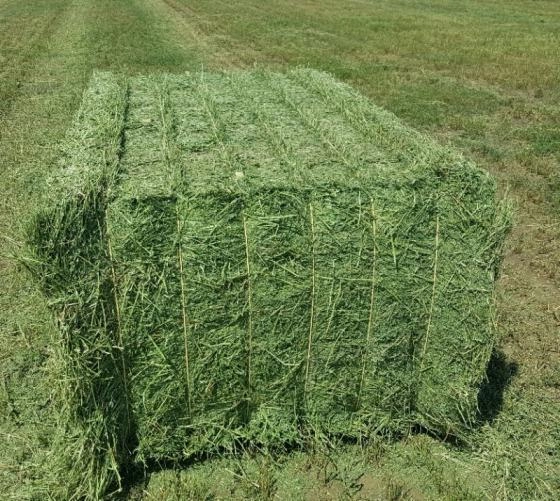
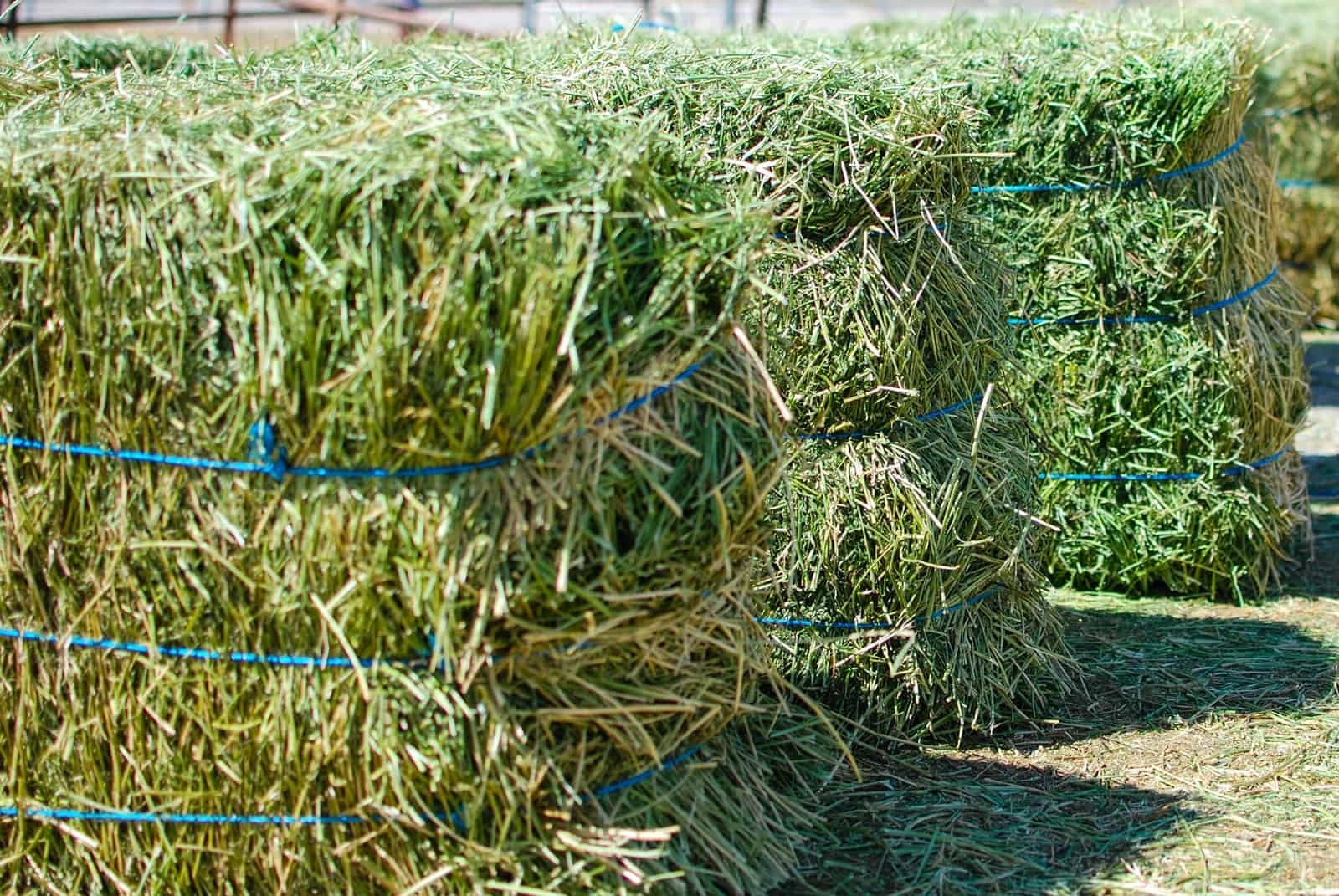
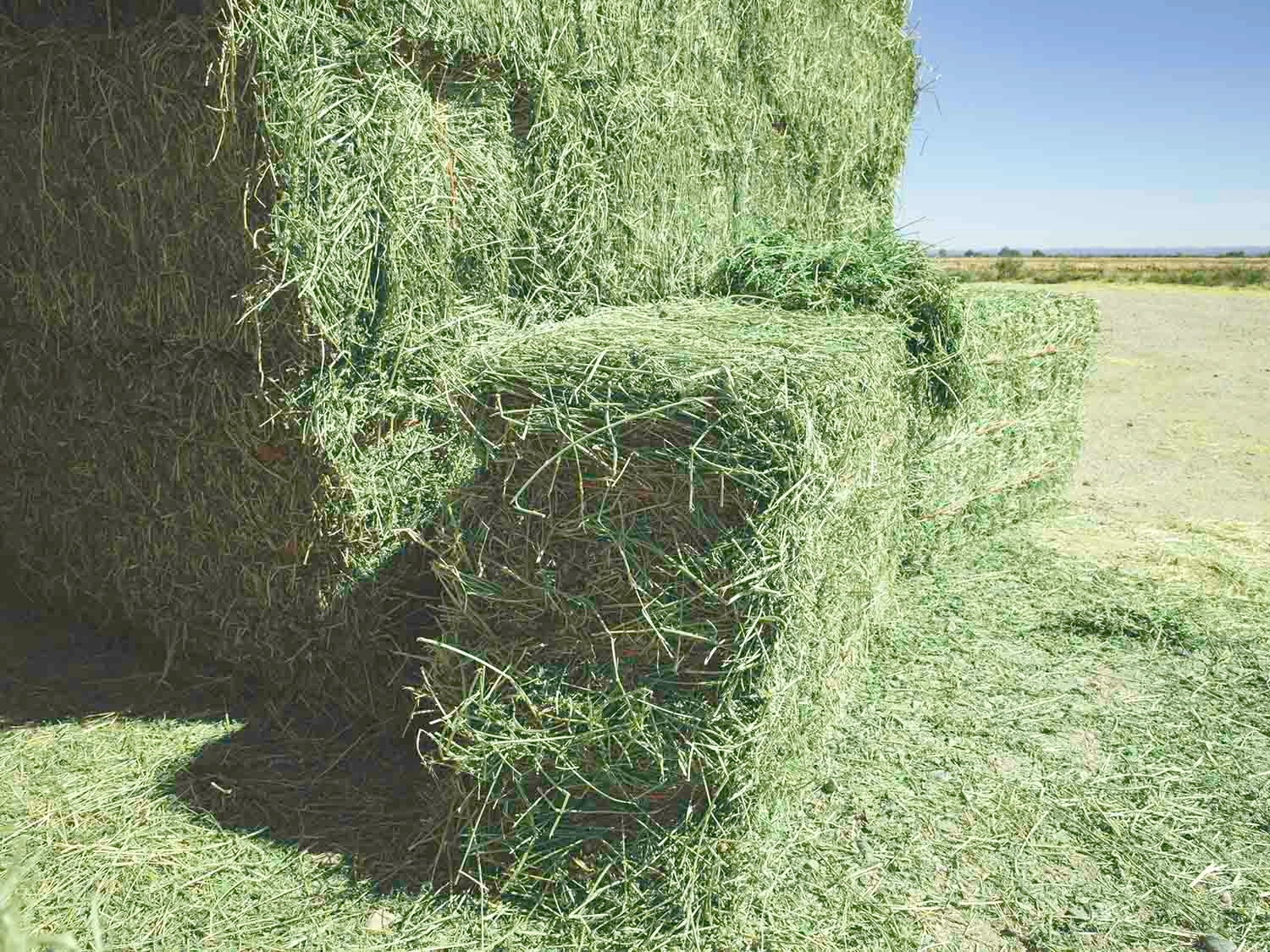
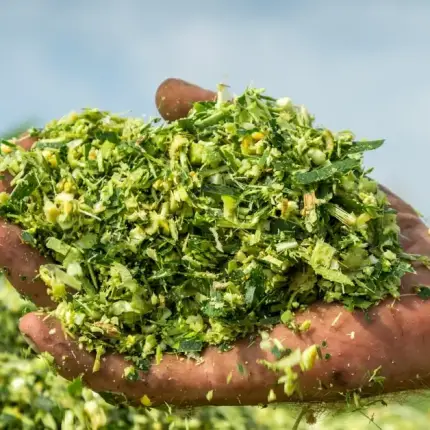
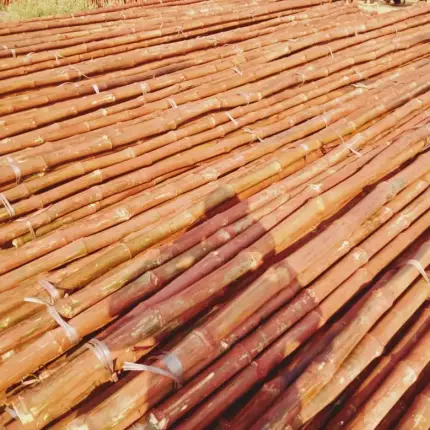

Reviews
There are no reviews yet.